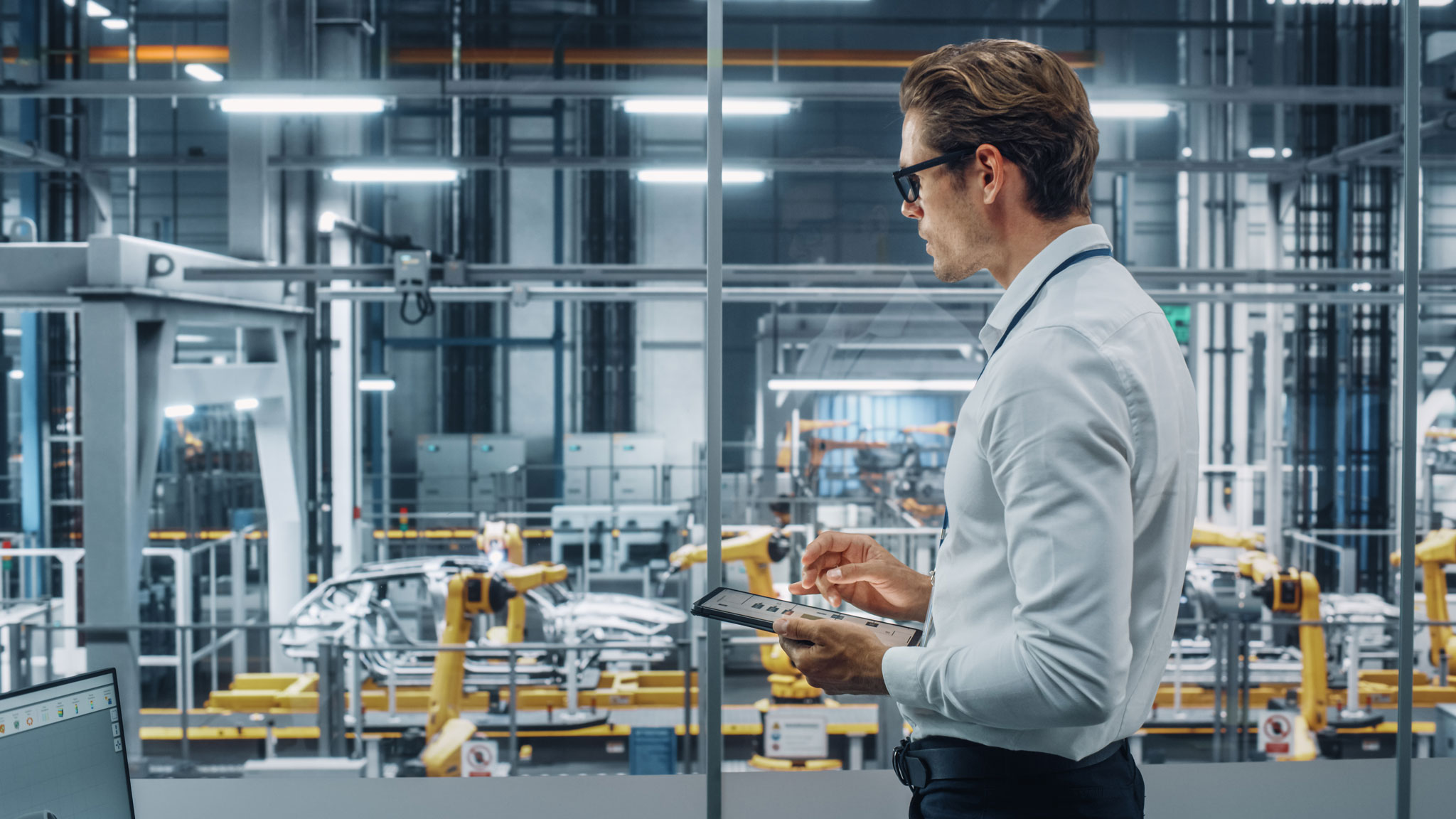
Even as recently as a few years ago plant efficiency was often measured through metrics tied only to the production process. While production is still the primary focus, progressive manufacturers are now looking more closely at the systems supporting production, such as base-building HVAC and lighting controls to more closely monitor energy consumption and carbon emissions, security cameras that can capture usable video in real-time, and digital access control to help keep key areas of the plant secure.
Once former stand-alone equipment has been connected through central DDC (direct digital control) using open communication protocols like BACnet and MQTT, the data from this equipment can be made available to track performance over time and share with other stakeholders to help meet Industry 4.0 and/or Net-zero targets. It can also alert to anywhere in the world when adverse conditions arise that may impact safety, production, QA/QC or other KPIs.
In addition to gaining the ability to operate this newly connected equipment more efficiently in terms of run-time, temperature set-points, negative/positive pressure through better exhaust fan control, etc., there may be incentives from gas and electric utilities to help enhance the project’s ROI, though take note that these incentive applications must be submitted to your local utilities in advance of awarding the project(s).
Once central building systems are in place, many possibilities emerge. Performance can now be tracked to facilitate continuous improvement by comparing year-over-year gains or by benchmarking one building against others of similar use. High-resolution security video can be used to provide examples of behaviours that management wants to promote or discourage, or video dashboards can be installed in common areas to show the workforce how they’re helping to make a difference on stated targets related to base-building operations.
The conversations around Industry 4.0 and Net-zero go far beyond your base-building, of course, though building systems will always be a key component and because of that, it’s often a good place to start.
